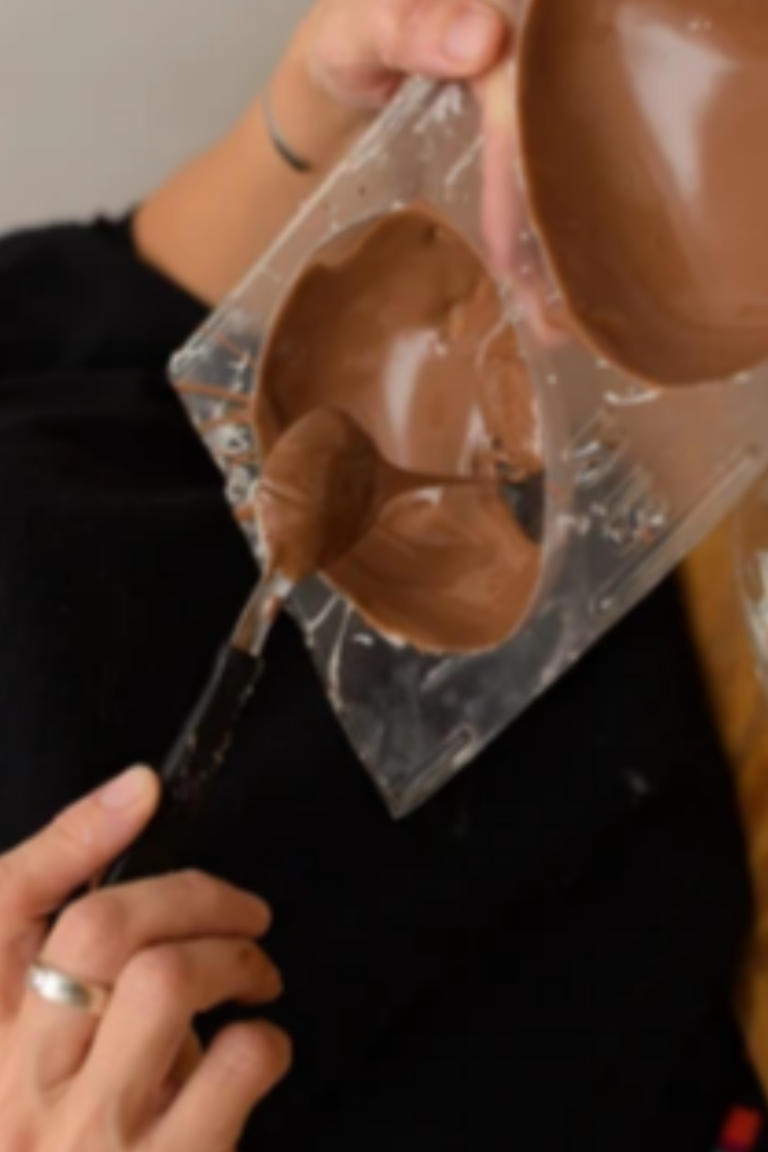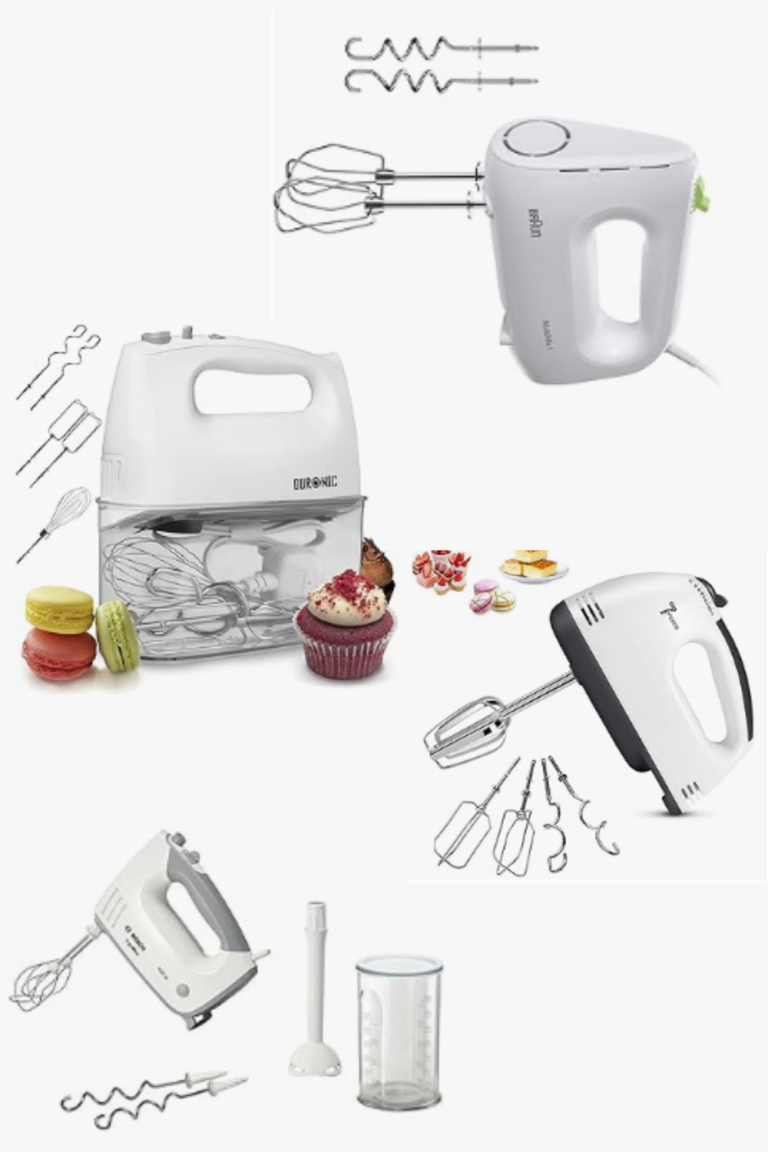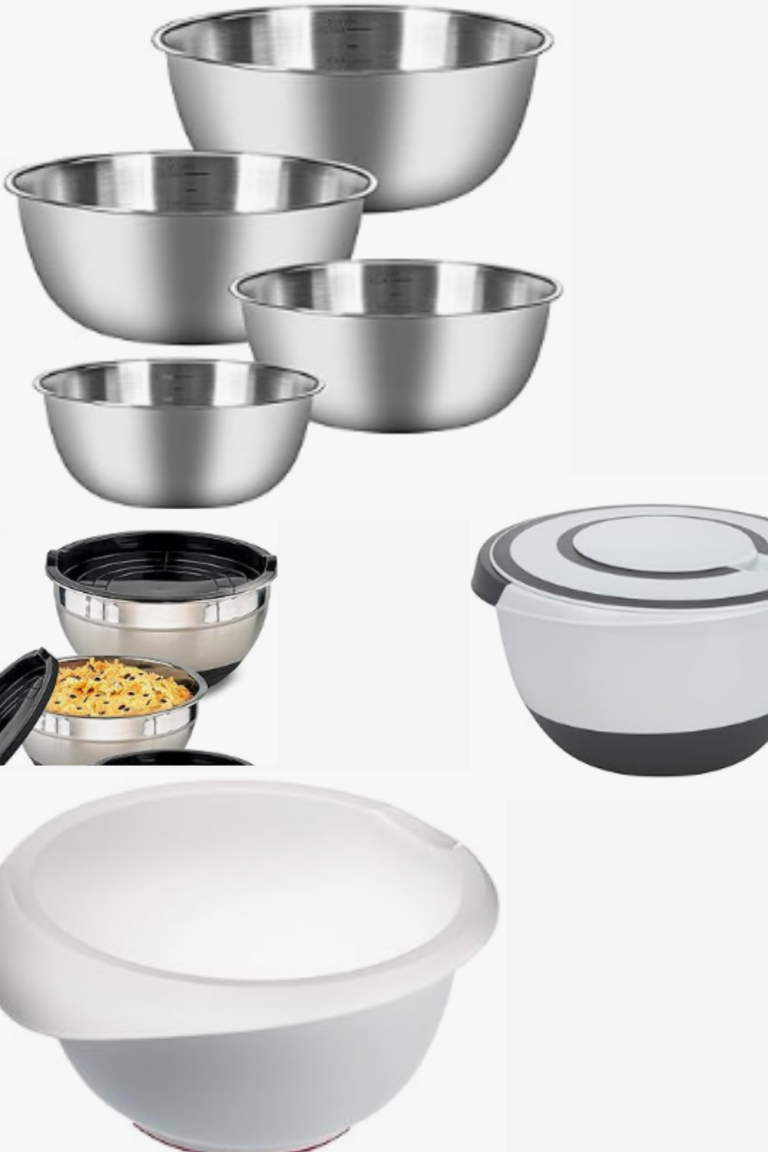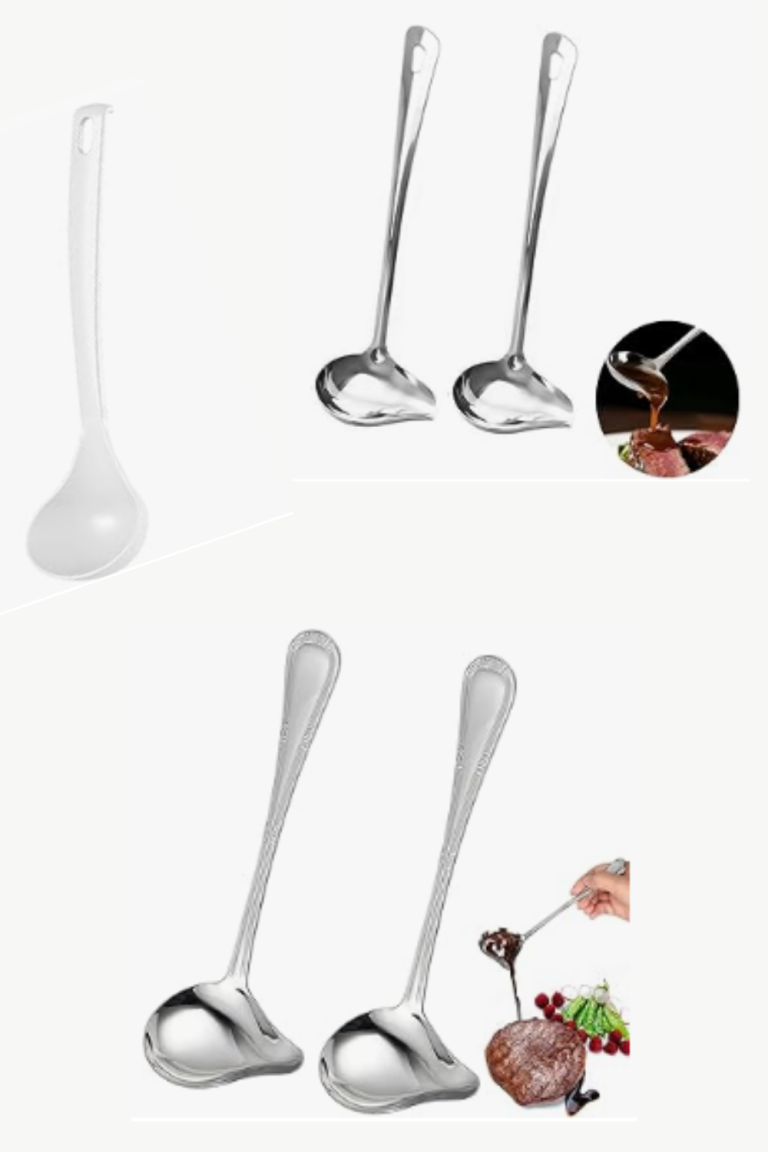IB: Icing Bags role in cake making Clarified
Table of Contents
ToggleWhat Are Icing Bags?
Icing bags, also known as pastry bags or piping bags, are essential tools in the realm of baking and cake decorating. These bags are typically cone-shaped and made from strong, flexible materials like plastic or cloth. They’re used to pipe frosting, icing, or decorative elements onto cakes, cupcakes, cookies, and other baked goods with precision and control.
Check out the right Icing bags, cake tools, and ingredients that you need here <
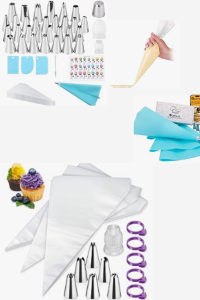
Role in Cake Making
The primary role of icing bags in cake making is to facilitate the application of frosting or icing in various designs and patterns. Instead of spreading frosting with a spatula, which can be less precise, icing bags allow you to control the flow and placement of the icing more effectively. This precision is crucial, especially when creating intricate designs such as borders, flowers, written messages, or elaborate patterns on cakes.
Using an icing bag enhances the aesthetic appeal of cakes by enabling decorators to achieve smooth, professional-looking finishes and detailed decorations. Whether you’re a home baker or a professional pastry chef, mastering the use of icing bags can elevate your cake decorating skills to the next level. Check out the right Icing bags, cake tools, and ingredients that you need here <
Tips for Using Icing Bags Effectively
- Choose the Right Tip: Icing bags are used with various tips or nozzles that determine the shape and style of the icing as it’s piped. Different tips can create stars, rosettes, petals, leaves, or simply provide a smooth finish. Check out the right Icing bags, cake tools, and ingredients that you need here <
- Fill Correctly: Properly filling an icing bag ensures smooth operation. Fill the bag only about halfway to avoid overflow and to maintain control over the icing flow.
- Consistency Matters: Adjust the consistency of your icing or frosting for the task at hand. Thicker icings are suitable for detailed work, while thinner consistencies are better for covering large areas smoothly.
- Practice Pressure: The pressure applied to the icing bag determines the thickness and speed of the icing flow. Practice on a separate surface to get a feel for how much pressure is needed for different designs.
Mastering the use of icing bags is a rewarding skill that allows you to unleash your creativity in cake decorating. Whether you’re a novice or a seasoned baker, incorporating icing bags into your toolkit will undoubtedly elevate the visual appeal of your baked creations. Practice, experiment with different tips and techniques, and enjoy the process of transforming simple cakes into stunning works of edible art. Check out the right Icing bags, cake tools, and ingredients that you need here <
Comparing Different Types of Icing Bags
When it comes to selecting an icing bag, you’ll find a variety of options available, each with its own advantages and ideal uses. Here’s a deeper look at some common types:
Disposable Plastic Icing Bags
Description: Disposable plastic icing bags are convenient for single-use applications and come in various sizes. They are typically made from food-grade plastic and are affordable.
Advantages:
- Convenient and hygienic, as they can be discarded after use.
- Available in bulk, making them cost-effective for large baking projects.
- Transparent, allowing decorators to see the amount of icing remaining.
Ideal Uses: Perfect for beginners or occasional bakers who prefer easy cleanup without the hassle of washing reusable bags. Check out the right Icing bags, cake tools, and ingredients that you need here <
Reusable Silicone Icing Bags
Description: Reusable silicone icing bags are durable, eco-friendly alternatives to disposable plastic bags. They are typically made from food-grade silicone, which is flexible yet sturdy.
Advantages:
- Environmentally friendly and sustainable.
- Can withstand multiple uses and are easy to clean.
- Non-slip exterior provides a comfortable grip during decorating.
Ideal Uses: Ideal for frequent bakers or professionals who value durability and want to reduce waste.
Cloth Icing Bags
Description: Cloth icing bags are traditional options made from tightly woven cotton or canvas. They are reusable and often come with a plastic-coated interior for easier cleaning.
Advantages:
- Durable and long-lasting, withstanding multiple uses.
- Can be washed and reused, reducing environmental impact.
- Offer a softer, more flexible feel compared to plastic or silicone.
Ideal Uses: Preferred by experienced decorators who appreciate the flexibility and feel of cloth during intricate decorating tasks. Check out the right Icing bags, cake tools, and ingredients that you need here <
tips for Choosing the Right Icing Bag for You
When choosing between these types of icing bags, consider your baking habits, environmental concerns, and specific decorating needs. Beginners may find disposable plastic bags convenient, while avid bakers might invest in durable silicone or cloth options for long-term use. Whichever type you choose, mastering the art of using icing bags will enhance your cake decorating skills and bring your culinary creations to life with style and precision.
comparison tabular
Here’s a comparison table highlighting key considerations for different types of icing bags:
| Feature/Type of Icing Bag | Disposable Plastic | Reusable Silicone | Cloth |
|---|---|---|---|
| Material | Food-grade plastic | Food-grade silicone | Cotton or canvas |
| Durability | Single-use | Durable, can be reused | Durable, can be reused |
| Environmental Impact | Generates waste | Sustainable choice | Sustainable choice |
| Cleaning | Discard after use | Washable, easy to clean | Washable, reusable |
| Grip | Smooth surface | Non-slip exterior | Soft, flexible |
| Transparency | Transparent | Opaque | Opaque |
| Ideal Uses | Occasional baking, events | Frequent baking, professionals | Experienced decorators |
| Cost | Affordable | Moderate | Moderate to high |
| Availability | Widely available | Common | Specialty stores |
Key Considerations:
- Material: Choose based on personal preference for environmental impact and feel during use.
- Durability: Consider how often you bake and whether you prefer a reusable option.
- Environmental Impact: Evaluate the sustainability of your choice and its impact on waste generation.
- Cleaning: Decide between the convenience of disposable bags or the sustainability of washable options.
- Grip: Factor in comfort during extended decorating sessions.
- Transparency: Decide whether it’s important to see how much icing is left.
- Ideal Uses: Tailor your choice to your baking frequency and skill level in decorating.
- Cost: Balance your budget with your baking needs.
- Availability: Check where you can easily purchase your preferred type of icing bag.
This table summarizes the main differences between disposable plastic, reusable silicone, and cloth icing bags, helping you make an informed decision based on your specific baking and decorating preferences. Check out the right Icing bags, cake tools, and ingredients that you need here <
FAQs on Using Icing Bags in Cake Making
Q: What size icing bag should I use?
A: The size of the icing bag depends on your baking needs. For intricate designs or small batches, a smaller bag may be sufficient. Larger bags are ideal for decorating larger cakes or when working with a lot of icing.
Q: How do I fill an icing bag without making a mess?
A: To fill an icing bag neatly, place the bag in a tall glass with the top folded over the rim. Spoon icing into the bag, then unfold the top and twist to close. This method minimizes spills and keeps your workspace clean.
Q: Can I reuse disposable icing bags?
A: Disposable plastic icing bags are designed for single-use and may tear or lose their shape if reused. It’s generally recommended to use them once and then discard them.
Q: How do I clean reusable icing bags?
A: Reusable silicone and cloth icing bags can be cleaned by turning them inside out and washing them with warm, soapy water. Allow them to air dry thoroughly before storing.
Q: What types of decorations can I make with icing bags?
A: Icing bags allow you to create a wide range of decorations, including borders, flowers, lettering, intricate patterns, and more. Experiment with different piping tips to achieve various effects.
Q: How can I prevent icing from leaking out of the bag when decorating?
A: Ensure the icing is at the right consistency not too thick or thin and twist the top of the bag securely to prevent leakage. Practice applying consistent pressure when piping to control the flow of icing. Check out the right Icing bags, cake tools, and ingredients that you need here <
Final Words
Mastering the use of icing bags is a skill that can transform your homemade cakes into professional-quality desserts. Whether you’re a beginner or an experienced baker, investing in the right type of icing bag and practicing different piping techniques will elevate your cake decorating abilities. Remember to choose the bag that best suits your baking needs and preferences, and don’t hesitate to experiment with new designs and decorations to showcase your creativity. Happy baking.

Hi!
I’m Mike, the creator of Forum Foodies. In my own personal experience, understanding ingredients is key to great cooking.
Forum Foodies offers guides on various ingredients, from staples to exotic finds. Join our community, share your experiences, and learn from fellow food lovers.
Have questions or suggestions? Email me at info@forumfoodies.com. Let’s embark on this delicious adventure together.
Happy cooking.
Mike/
Related Posts
- ICG: Icing role in cake making Explained
When it comes to cake making, icing is truly the cherry on top. In this…
- IC: Icing Clamp role in cake making Explained
If you've ever dabbled in cake making, you know how crucial it is to get…
- IF: Icing Fondant role in cake making Clarified
Ever wondered how those stunningly smooth and elaborately decorated cakes are made? It's all thanks…
- IC: Icing Comb role in cake making Explained
When it comes to cake decorating, there are countless tools that can make a huge…
- CT: Cake Tester role in cake making Clarified
In this topic, I'm going to talk about a tool that plays a crucial role…
- CS: Cake Stenci role in cake making Explained
In this topic, I'm going to talk about cake stencils and their role in cake…
- CB: Cake Board role in cake making Explained
In This Topic I'm Going to Talk About Cake Boards in My Own Personal Experience…
- CS: Cake Slicer role in cake making Clarified
In this topic, I'm going to talk about the CS - Cake Slicer, drawing from…
- AIR: Airing role in cake making Explained
In this topic, I’m going to talk about the concept of "air" and "airing" in…
- CF: Cake Flour role in cake making Clarified
In this topic, I'm going to talk about the role of cake flour in making…
- CRM: Creaming role in cake making Explained
In this topic, I'm going to talk about the creaming method and its role in…
- AC: Angled Cake Spatula role in cake making Explained
In this topic, I'm going to talk about the Angled Cake Spatula and its role…
- CC: Cake Comb role in cake making Clarified
In this topic, I'm going to talk about the CC - Cake Comb and its…
- WHP: Whipping role in cake making Explained
In this topic, I'm going to talk about WHP - Whipping. From my own personal…
- KB: Kneading Bowl role in cake making Explained
In this topic, I'm going to talk about the kneading bowl and its role in…

